5 Basic Principles (& 25 Best Practices) for DMO Websites
February 1, 2010
Posted By: Manolis Psarros
 According to many recent studies, Destination marketing organizations (DMOs) are facing intriguing challenges to provide quality information online in an era of information overload. Insufficient knowledge of tourist's online information preferences and search behaviour has hindered them from effective information management.
According to many recent studies, Destination marketing organizations (DMOs) are facing intriguing challenges to provide quality information online in an era of information overload. Insufficient knowledge of tourist's online information preferences and search behaviour has hindered them from effective information management.♦
A local or regional DMO website should help to promote not only the destination as a whole, but also hotels, tourist attractions, restaurants, theatre, sports, activities in the destination itself. Ideally it would be possible to buy or reserve this through the DMO website.
♦
However, with websites such as Tripadvisor, WAYN, Google Maps, Facebook, etc., many people question the role of DMO/NTO/CVB’s websites in 10 years from now. Following the latest developments on the field, it’s hard to ignore the fact that DMOs need to go where the consumer is, instead convincing the consumer to come to them.
To compete with the aforementioned commercial websites, DMO websites should be comprehensive and give visitors all the tools they need such us mash up maps, live web cams & YouTube video channels and a Flickr image gallery to capture the special elements of the destination. DMO websites also need to act as one-stop-shops for the visitors by providing a wide range of information for the destination's product mix as well as centralized hotel & event tickets reservation systems. Moreover, DMO websites needs real time and social content to establish collaboration with people who have a personal or commercial interest in assisting potential travelers to visit a destination.
♦
5 essential principles & 25 best practices (applications & tools) for DMO websites.
1. Look Good (=Nice & Simple)
Creative web design is all about making a website visually appealing. A visually appealing website is a site that is easy to read, easy to navigate. To create a site that visitors will not click away from immediately, follow some basic design standards, and think about the usability and accessibility of the design.
Read more at:
2. Content (was) is (and will be) the King!
The content on your site is your vehicle to present your message and portray your brand. And if you offer the ability to book online or at least direct customers to contact info, the content might be the last stand between you and a booking. Qualitative & diverse information, trip planning tools, attractive visual material including video & photo sharing applications, multilingual content, B2B & Press sections and efficient SEO saturation/meta-tags are all "must" elements of a successful DMO website. Read more at:Multilingual Content
Trip Planners
Press & Media Tools
3. Engage Your Audience!
Identify your visitors’ social activities & build an on-line community to spread the word about your destination's competitive advantage & USPs. Keep in mind the following stats. - 57% of DMO website users read travel written reviews - 32% of DMO site users post ratings and reviews - 43% of users visit travel-related forumsSocial Media
Tailor Made Web Tools & Services
Campaigns & Competitions
4. Don't Forget SEO
In search engine marketing, travel business is a well known category which is vast with a big competition in online marketing. From bookings of flights to hotel reservations, it is estimated that 70% of all flights are booked online through websites. So, we can easily assume this big on line competition. There are many DMOs and travel companies having websites on web offering online travel deals and holiday offers. Every website has its own unique range of products, services & travel solutions and likes to be in top search engine placements with their offers. There is a big challenge here for an SEO as searches on travel related keywords and phrases are very high, even a small travel key phrase has a big amount of search counts on search engines like Google, Yahoo and Msn (Live). So, a travel website requires more hard work, good strategy and regular implementations for getting high search engines rankings. Your SEO Strategy: Identify your audience and goals… Firstly you must consider the market and type of users you are looking to attract to the site, Google provides the following travel search marketing tips to consider:- What is the end objective for your business – transactions, branding, lead generation? Your approach may differ based on the decided outcome.
- Determine the success metric in advance. What cost per transaction is acceptable? What is your target gross/net ROI?
- Have a clearly defined target market or user in mind. Are you primarily interested in attracting leisure or business travelers and/or discount, mid-scale, or luxury travelers?

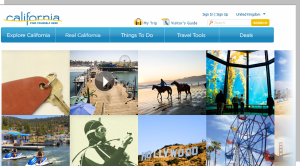
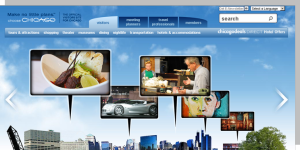
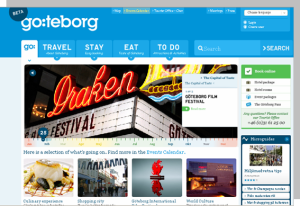
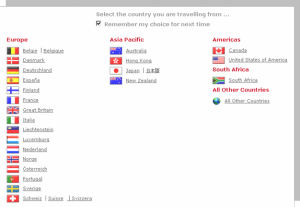
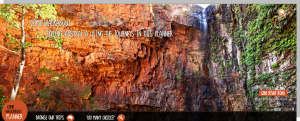
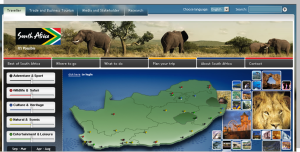
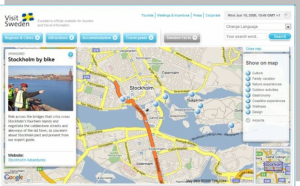
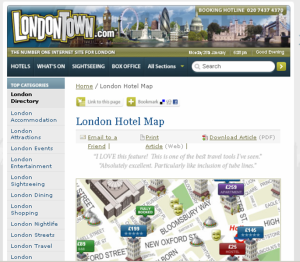
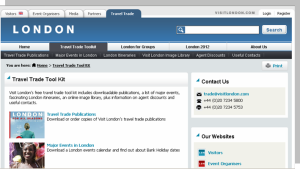

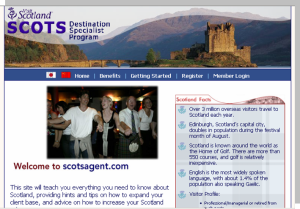

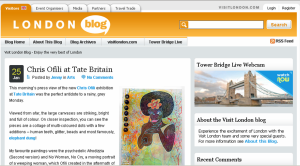
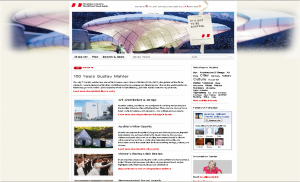
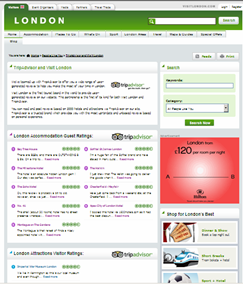
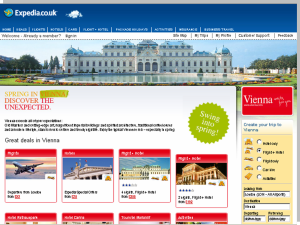
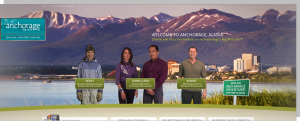
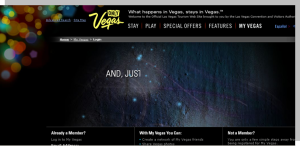
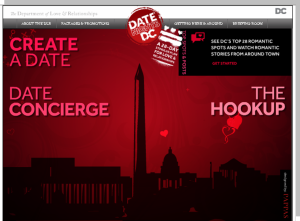
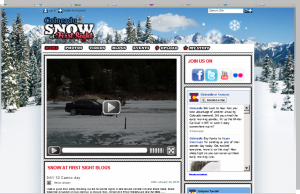
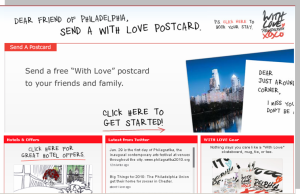
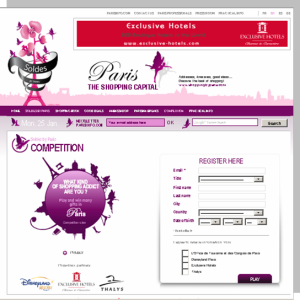
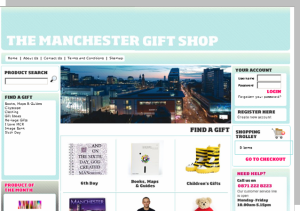


COMMENTS
business branding tools
Thank you, I have recently been looking for information about this topic for ages and yours is the greatest I've discovered so far. But, what concerning the bottom line? Are you certain about the supply?
pearl
thanks.. it help me a lot in my marketing paper.. ;)